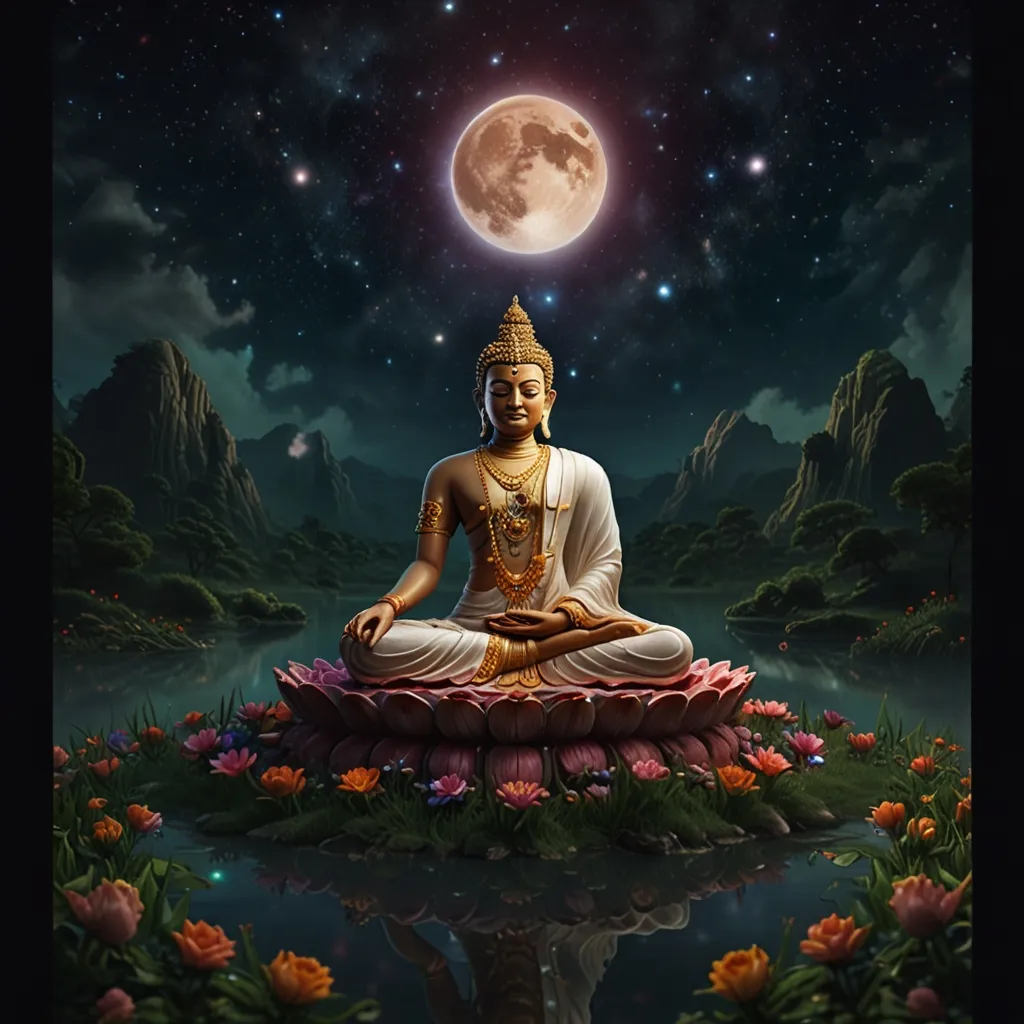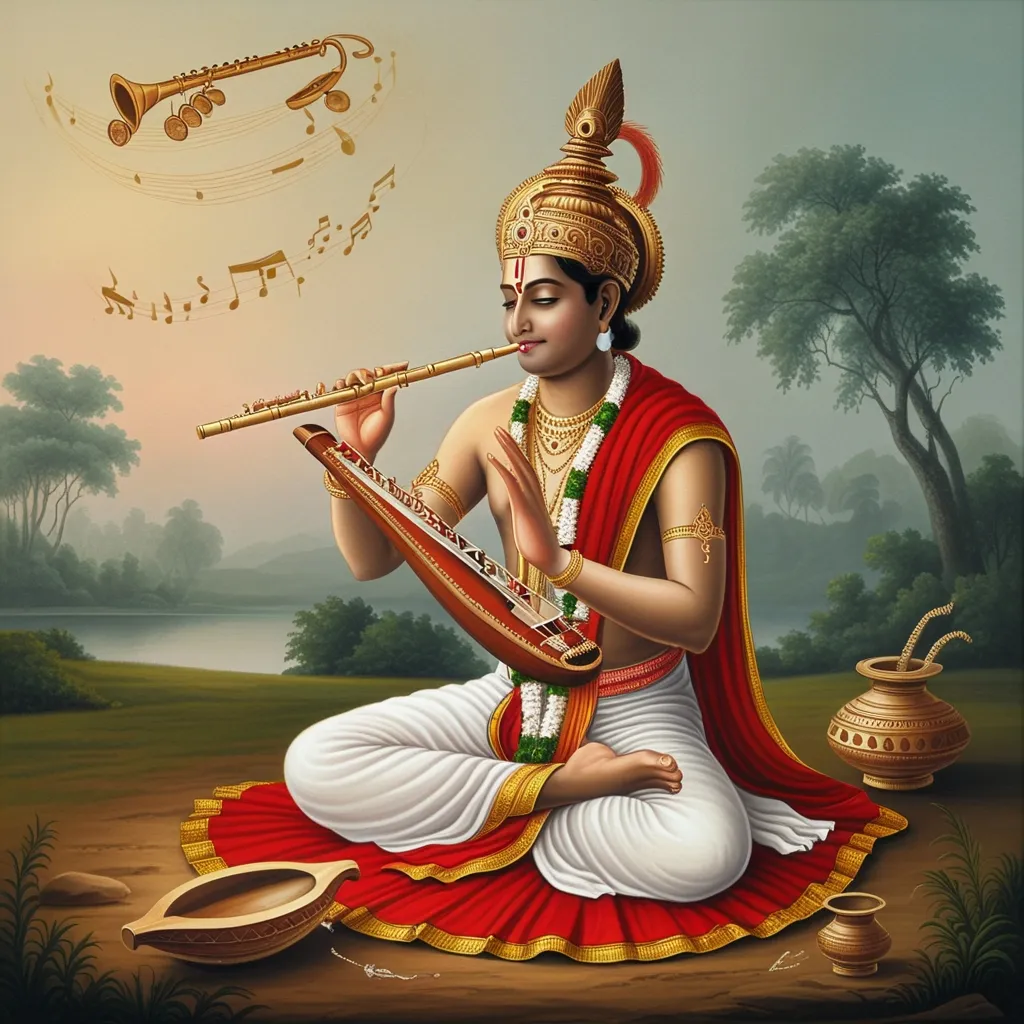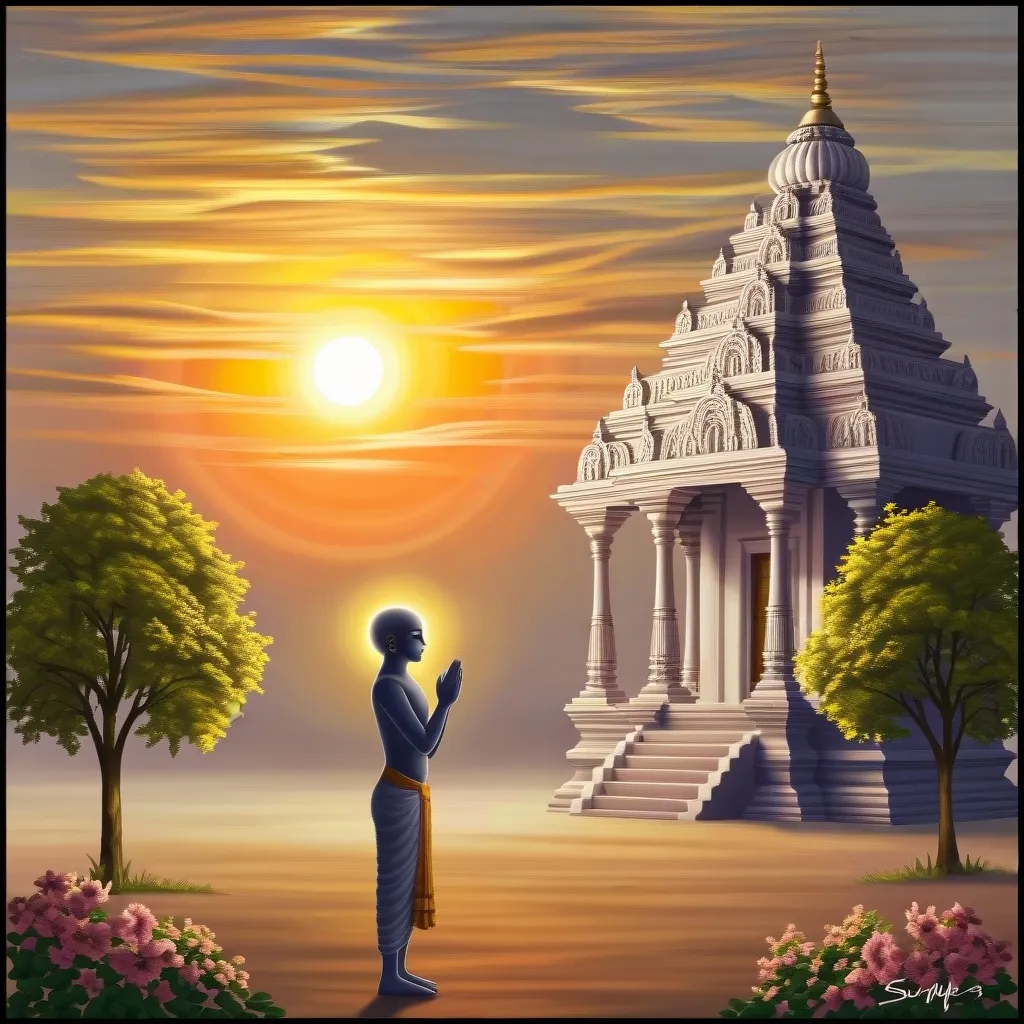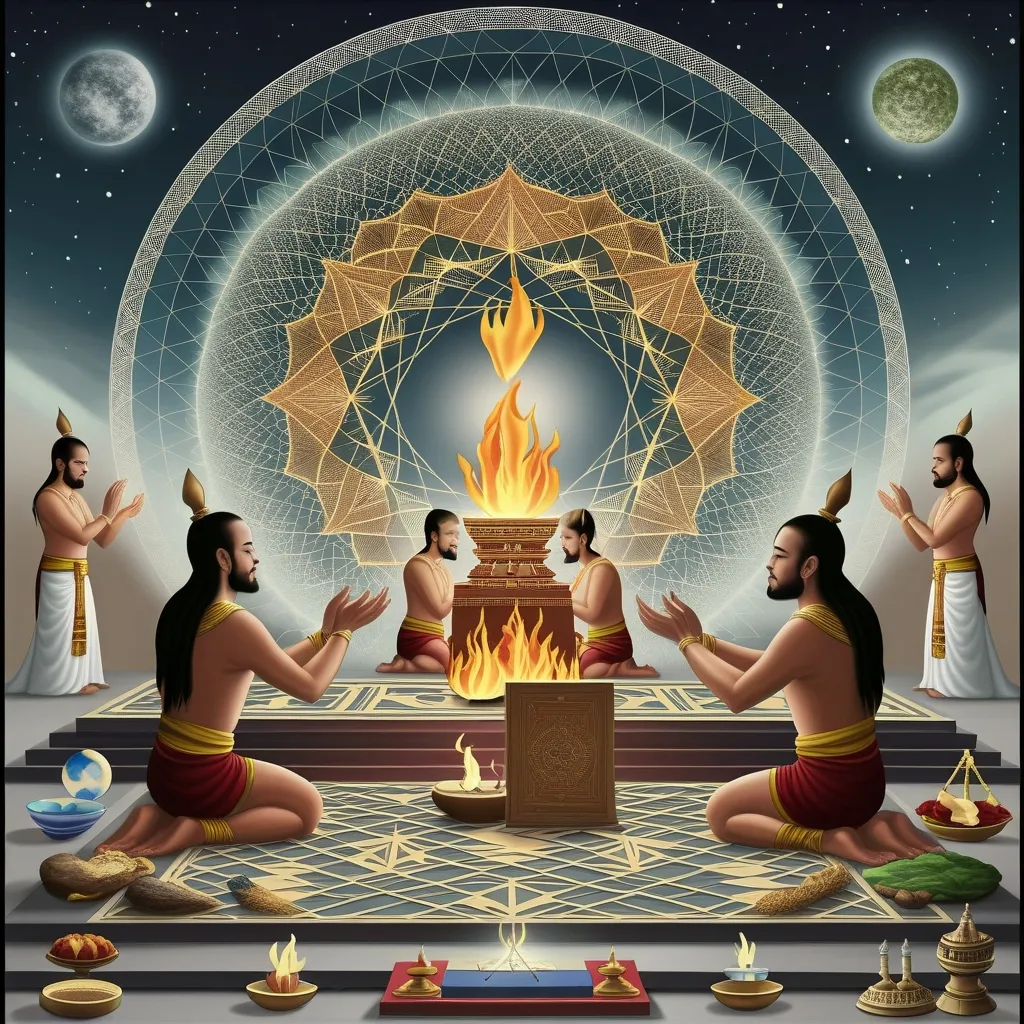In the sprawling tapestry of Hindu scriptures, the Brihadaranyaka Upanishad shines brightly with its deep philosophical insights. Part of the Yajurveda, one of the four Vedas, this Upanishad explores the nature of the Self, or Atman, and its connection to the ultimate reality, Brahman.
The focal point of this Upanishad is its profound take on reality, a concept that can be baffling yet intriguing. According to sage Yajnavalkya, who is often credited with the Upanishad’s most pivotal statements, reality is beyond description. It’s infinite, filled with consciousness and bliss. Understanding this central idea is key to grasping the Upanishad’s teachings, which are meant to help seekers realize the true nature of the Self.
One of the core teachings here is the unity of the individual Self, Atman, and the universal Self, Brahman. The famous phrase “Aham Brahmasmi,” translating to “I am Brahman,” puts forward the notion that the individual soul isn’t a separate entity but rather an integral part of the ultimate reality. This declaration brings forth a sense of oneness that is pivotal in Hindu philosophy.
The dialogues in the Upanishad, especially those involving Yajnavalkya, are rich in philosophical juice. These discussions, which include exchanges with his wife Maitreyi, go beyond regular conversations. They serve to share deep truths about the nature of the Self, creation, and the road to liberation. Through Yajnavalkya’s interactions, particularly with Maitreyi, the text emphasizes understanding the true Self beyond material possessions and attachments.
Ethics hold a significant place in the Brihadaranyaka Upanishad, especially through the five Yajnas or sacrifices. These aren’t mere rituals but represent ethical and moral duties one must undertake. The Upanishad emphasizes that true knowledge and the realization of the Self are deeply intertwined with living an ethical life and performing these sacrifices.
The journey to understanding the Self isn’t a quick pit stop but a long drive filled with intellectual and spiritual practice stops. It starts with grasping intellectually that all things are one with consciousness. Then, one must go beyond this understanding to realize pure consciousness, which lies beyond all physical objects and appearances. This path involves distancing oneself from the external world and merging into the Self, culminating in the realization of a pure, unalloyed Self.
The concept of Maya, or illusion, is another profound lesson in the Brihadaranyaka Upanishad. It teaches that the tangible world is a product of ignorance, and true knowledge lies in seeing beyond this illusion. Discerning between the illusory world and true knowledge is crucial for spiritual growth and achieving liberation.
Throughout the Upanishad, the importance of knowledge is stressed repeatedly. Knowledge of the Self stands as the ultimate goal, freeing one from the cycle of birth and death. The Upanishad encourages reflecting on the Self, listening to teachings about it, and contemplating its nature. This reflection and contemplation are viewed as essential steps towards realizing the true Self.
The narrative featuring Yajnavalkya and Asvala is a compelling metaphor about acquiring knowledge. The story illustrates that making offerings and engaging with scholars are vital ways to gain wisdom. It underscores the value of seeking knowledge through discussions with learned individuals and practicing generosity.
When it comes to the concept of immortality, the Brihadaranyaka Upanishad offers a unique perspective. It’s less about physical existence and more about realizing the eternal nature of the Self. This realization transcends the physical world’s limitations and leads to liberation, freeing one from the cycle of birth and death.
The teachings of the Brihadaranyaka Upanishad are not just abstract theories; they offer practical guidance for spiritual seekers. The Upanishad advises turning away from the material world and its attachments to focus on realizing the Self. This involves renouncing worldly desires and cultivating a deep understanding of the true nature of reality.
In essence, the Brihadaranyaka Upanishad is a rich reservoir of philosophical and spiritual teachings that have shaped Hindu thought for centuries. Its emphasis on the unity of the Self and Brahman, the crucial role of knowledge, and the path to realization make it a cornerstone of Hindu philosophy. As one delves into its teachings, the Upanishad offers a profound journey of self-discovery and spiritual growth, guiding seekers towards their true nature’s ultimate realization.
In the timeless words of the Upanishad, “From untruth lead us to truth. From darkness lead us to light. From death lead us to immortality. Aum, Peace, Peace, Peace.” This revered verse beautifully captures the essence of the Brihadaranyaka Upanishad’s teachings, inviting everyone to embark on a journey of discovery and liberation.






